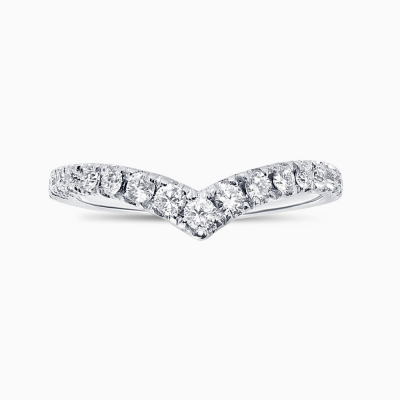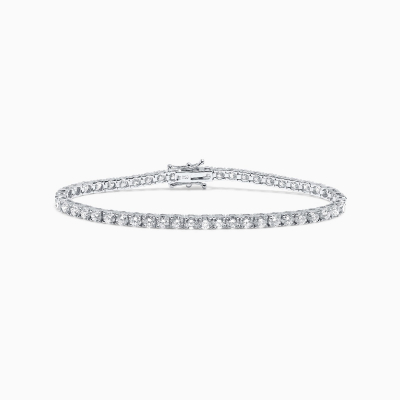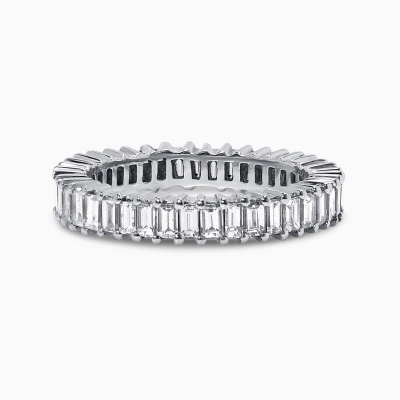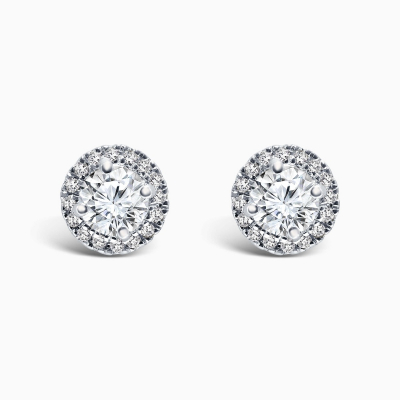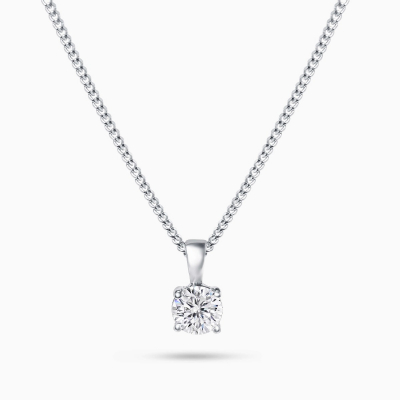GBP
/
GBP
/
Shipping to:
Currency:
PLATINUM
Platinum is perhaps the second most common metal used for engagement and wedding rings. It is always a popular alternative to yellow or white gold when it comes to special occasion jewellery. But, how does it differ?
If you have your sights set on a white coloured metal, you generally have the option of platinum or white gold when buying an engagement or wedding ring. Combined with alloys and plated with rhodium, yellow gold can be transformed into white. The small issue with this is that the rhodium will wear off over time. While it is a simple job for a skilled jeweller to replace it, some people prefer to opt instead for platinum because this metal never loses its white look. Its natural colour will not fade over time.
Although it is resistant to tarnishing or oxidising, it is perhaps surprisingly more likely to scratch than, say, 14kt gold, which is mixed with a higher percentage of alloys. Nonetheless, like gold, platinum rings can be re-polished to look as good as new from time to time. Another advantage of platinum is that it develops a beautiful patina with age.
One of the disadvantages, perhaps, with platinum is that it is the more expensive metal of the two. This is because it is both around 30 times rarer than gold and also a denser metal. This of course adds to its strength and durability; but by the same token, more of it is needed to craft a ring. Its strength means that the claws, designed to grip the diamond in the ring, will do their job more readily than gold. Because it is denser, a platinum ring will also feel heavier than a gold one. Many people love the substance and weight, though again, it is a matter of personal choice.
One final reason to consider choosing platinum over gold is that gold mixed with alloys such as nickel can provoke an allergic reaction in a few people. Platinum is hypoallergenic, so if you are sensitive to alloys, this may be the better option.







